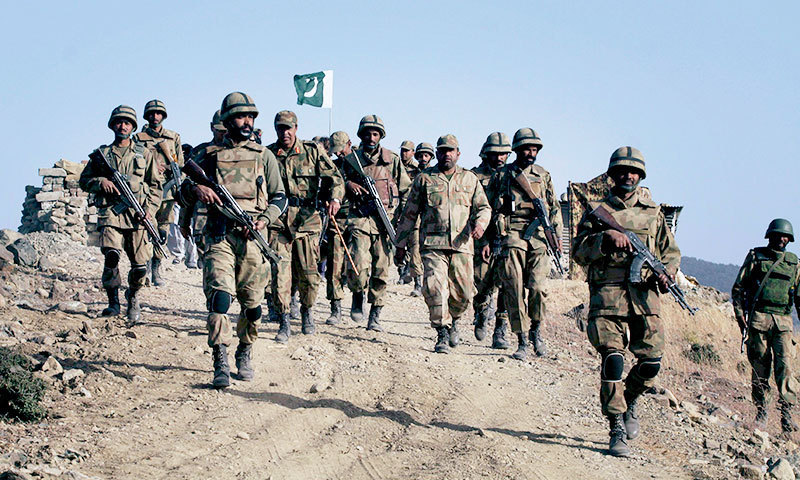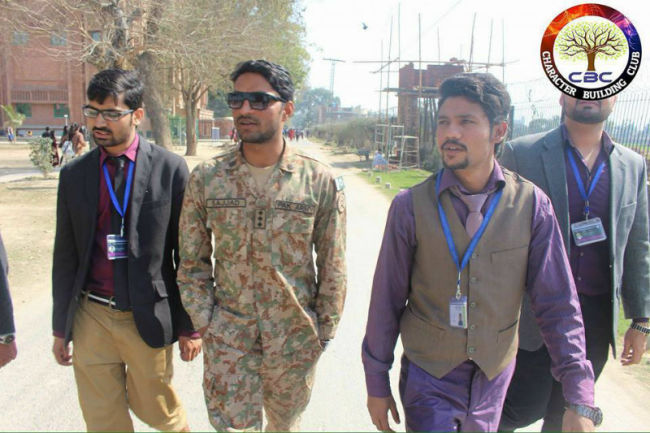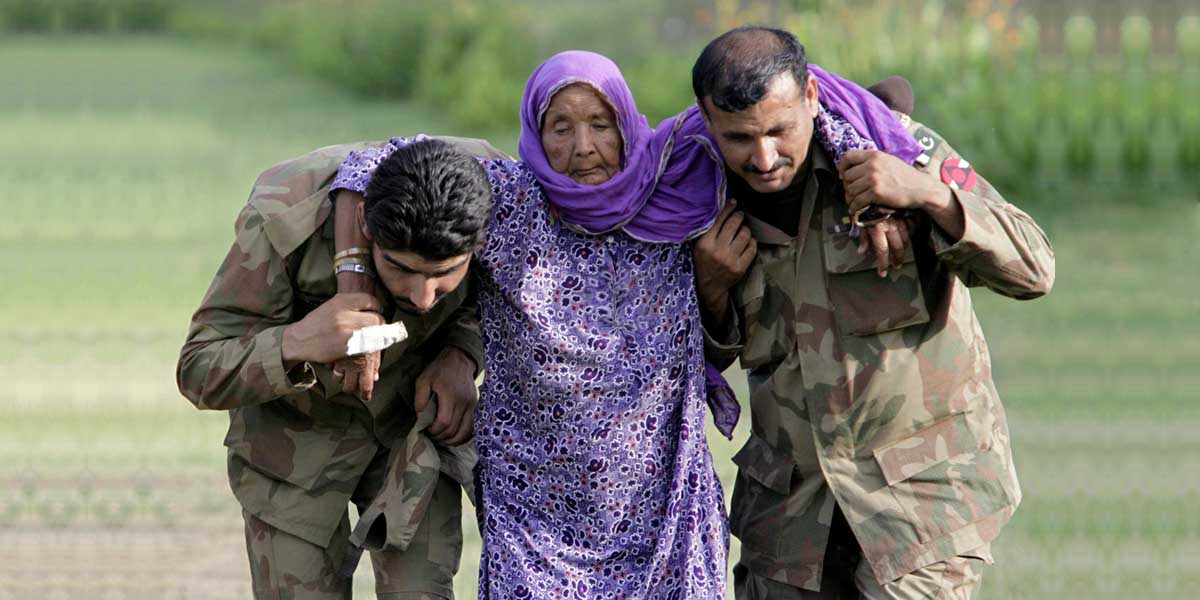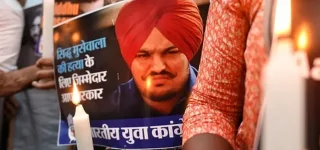Disclaimer*: The articles shared under 'Your Voice' section are sent to us by contributors and we neither confirm nor deny the authenticity of any facts stated below. Parhlo will not be liable for any false, inaccurate, inappropriate or incomplete information presented on the website. Read our disclaimer.
After 9/11, Pakistan has had an ongoing battle with terrorism. The whole nation, alongside our defense forces, is fighting against extremism. The Pakistan Army has launched multiple large-scale military operations against the terrorists’ strongholds in North-Western Pakistan since 2014. The operation with the highest success rate was Operation Rah-e-Raast which was launched in May 2009 in Swat and its adjacent areas.
[adinserter block=”4″]
Support From Afghanistan
The army had cleared Swat in three months, but the terrorists’ stronghold in North Waziristan that had been used as the headquarters of the terrorists was still a huge problem for the whole country.
 source: google
source: google
Waziristan is an entirely new ground for the army to fight large-scale operations including; Operation Rah-e-Nijaat and Operation Zalzala. The results did not prove to be very fruitful. This is because the terrorists were openly given support from the Afghan border, and from Waziristan – primarily because they fit well within the local population and it proved to be difficult to identify them. Progress is slow in such operations because of political involvements.
Destroyed Terrorism From The Roots
To eradicate terrorism from the country, it is necessary that it must be destroyed from its base. The army launched operation Rah-e-Nijaat to clear the terrorists from tribal agencies, particularly North Waziristan, but it will not produce a result as successful as the army’s Swat. In Swat, the terrains provided a natural cover and shelter as well as water to the army, but in Waziristan, conditions were harsh.
 source: google
source: google
Terrain is rocky and shrubs provide natural cover to terrorists. Water resources are very limited. The army had to engage the enemy on dry, high mountains and green plains that lacked basic facilities like food and water. Besides this, the terrain always gave an edge to the Tehrik-i-Taliban Pakistan fighters, as they are used to that environment.
Psychological And Guerrilla Warfare
The Taliban use guerrilla warfare tactics they have learned from the Soviet-Afghan war in the 80’s. In Waziristan, there were foreign fighters in large amounts including; Uzbeks, Tajiks, Arabs and many other ethnic groups who had come there to fight the ‘holy war’ in Afghanistan against the Soviet Union in the 80’s. The army had most of its causalities because of Improvised Explosive Devices (IED), booby traps, suicide bombing and ambushes by Taliban groups when the army was moving in a form of convey. The Taliban used psychological and guerrilla warfare tactics to weaken army movement and their advancement into their territory.
 source: google
source: google
The army had most of its causalities because of Improvised Explosive Devices (IED), booby traps, suicide bombing and ambushes by Taliban groups when the army was moving in a form of convey. The Taliban used psychological and guerrilla warfare tactics to weaken army movement and their advancement into their territory.
The Armies Change Of Strategy
The Pakistan army trained its soldiers to fight conventional wars against India in deserts and green fields. To fight the TTP, the army had to change its strategy and prepare its soldiers to fight a new kind of war.
 source: google
source: google
This unconventional warfare was new for the army and they had to revise their military strategy. The army established various counter terrorism training facilities. The soldiers are trained to fight in small groups, close quarter combats and get rid of booby traps and IEDs.
In June 2014, after failing to negotiate with TTP, the army launched a large scale military operation named as Operation ZARB-E-AZAB. But the army launched Zarb-e-Azab with a whole new strategy they had been planning for months. Seized from all sides, the militants’.
 source: aamir qureshi
source: aamir qureshi
hideouts and strongholds were first bombed by the jet fighters and army aviation gunship choppers to soften the targets, and made terrorists flee out of the holes. The moving infantry troops along with the help of precise bombing, artillery and armor tanks made it easier to capture the terrorist compounds
Arms and Ammunition
The use of snipers played an important role. The army used accurate intelligence obtained from human and signal sources along with the Pakistan army drones to increase their mission’s success rate. The main problem the army faced were the number of IEDs in area – defusing them is patience consuming work. Factories and factories of IEDs and rockets were captured by the army and defused. These IEDs were dangerous to the troops as militants cunningly placed them under their beds and behind the doors of their hideouts.
Evacuation of Effect Areas
In the past because of the local population in an area, it was difficult for the army to identify, fight and capture the terrorists, merely because of the danger of hurting innocent civilians. But after the local populace left the area, the army had clear ground to fight.
 source: google
source: google
Currently, because their external support, supplies of weapons, ammunition, food and other facilities have been cut down by the army – their main supply routes have been captured or their movement has been strictly monitored by the army drones – they are being weakened. They lack coordination and are trying to failed an escape route.
The coordination between the PAF and the army as well as with other security agencies was major point of success for Zarb-e-Azab. With intelligence, people of the air-force and the army could indicate and hit a target with precise bombing. This helped break the terrorist’s backbone and did not allow them to regroup again. Counter terrorism training helped soldiers be rid of small militia groups.
[adinserter block=”4″]
Simultaneously, an operation launched in Khyber agency and the targeted intelligence-based operation launched through out the whole country broke terrorists’ base. With coordination among the troops and sharing intelligence, Zarb-e-Azab was more successful than any other anti-terrorist operation.
We pray that the evil of terrorism is rooted out from Pakistan and our country is made peaceful.
Also See: Fake Army Captain Delivers Lecture At A Prestigious University!
 Also See: 13 Reasons Why Pakistan Army Deserves All Our Love And Respect
Also See: 13 Reasons Why Pakistan Army Deserves All Our Love And Respect


 source: google
source: google source: google
source: google source: google
source: google source: google
source: google source: aamir qureshi
source: aamir qureshi source: google
source: google
 Also See:
Also See: 










